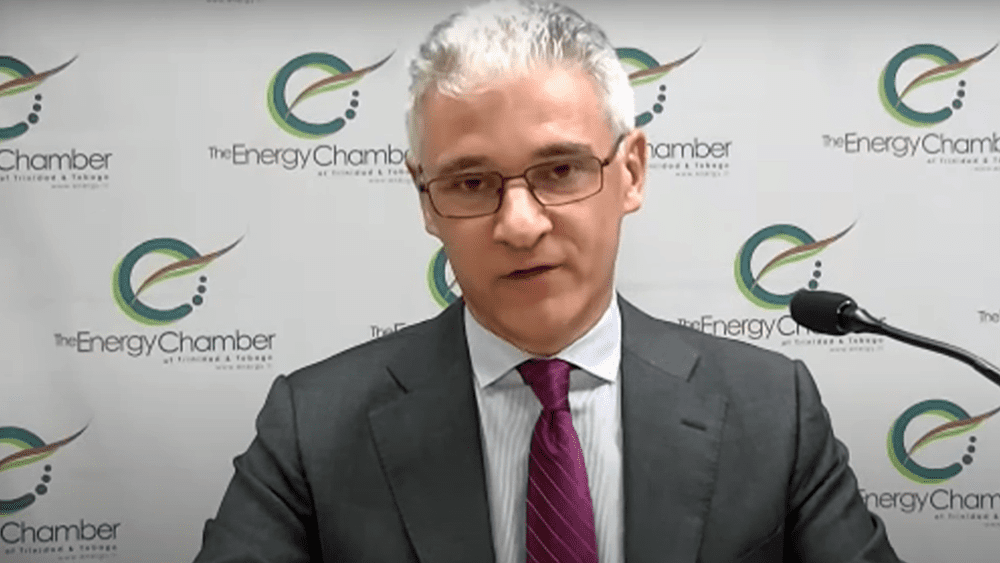It would be highly impractical for Guyana to expend billions importing liquefied natural gas (LNG) for its domestic use, as opposed to tapping into its massive offshore gas reserves in the Stabroek Block.
Holding this position was the head of the Trinidad and Tobago Energy Chamber, Dr. Dax Driver, during the latest instalment of the Guyana Business Journal’s ‘Transforming Guyana’ webinar.
US-based group tapped by Guyana government to build Gas-to-Energy onshore facilities | OilNOW
A question put forward by a viewer noted that a single LNG Q-Max carrier holds the equivalent of 1.6-terawatt hour (TWh), a little over Guyana’s electricity production in 2019. And with that in mind, the necessity of Guyana’s planned Gas-to-Energy project was examined.
Dr. Driver’s comment was made in response to this.
“The cost of importing LNG compared to pipeline gas… it will be far, far more expensive to Guyana to import LNG. Also, you have to store it,” he explained. “So, importing large volumes of LNG when you have natural gas – the economics are just not there. It makes much more sense to use the associated gas you have from your oil fields which will be a cheaper source of energy.”
The Gas-to-Energy project is set to utilise associated gas from the Liza fields in the Stabroek Block, with a natural gas liquids (NGL) power plant facility being constructed at Wales, West Bank Demerara. With it, comes a slew of benefits for Guyana, chief among which is a 50% slash in the cost of energy for consumers.
Guyana currently sources its power from heavy fuel oil (HF) imports. It has one of the highest costs for electricity in the Caribbean and Latin America – power that is unreliable. But this will soon change.
Construction is expected to be underway soon, with commissioning set for late 2024.



